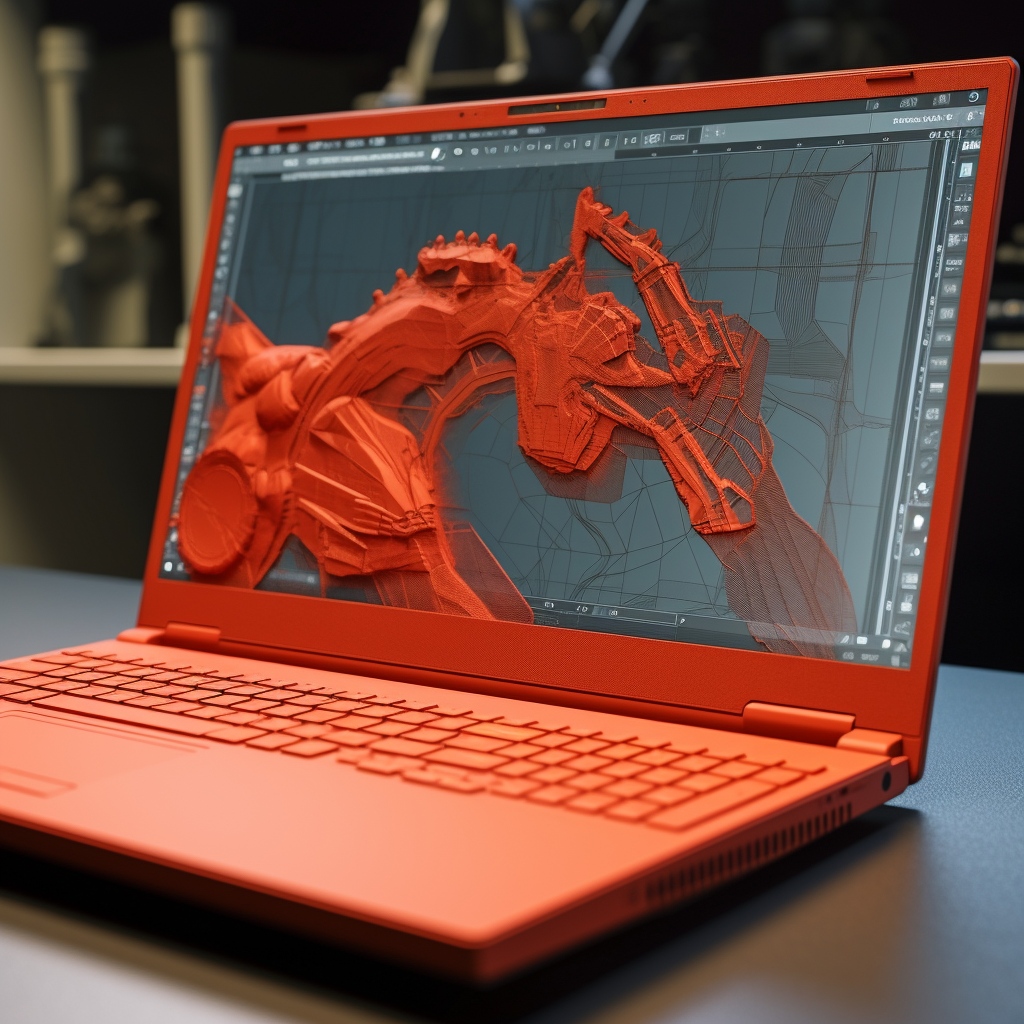May 11, 2023
SHAP·E – OpenAI’s Revolutionary New Tool for 3D Modeling and Design
Book a Demo
OpenAI has recently announced the release of SHAP·E, a new AI-powered tool that generates 3D models of objects. This new AI model is capable of generating high-quality 3D models from simple 2D sketches, making it a valuable tool for designers and artists looking to quickly create prototypes or mockups.
The SHAP·E model is built on top of the GPT-3 architecture and utilizes a variety of cutting-edge techniques, including generative adversarial networks (GANs) and attention mechanisms. It can create detailed 3D models of objects with just a few simple sketches, allowing designers to quickly iterate on their ideas and create realistic prototypes.
One of the key benefits of SHAP·E is that it can be used by anyone, regardless of their technical expertise. The tool is designed to be user-friendly and intuitive, allowing even non-technical users to create complex 3D models with ease.
The release of SHAP·E has already generated a lot of excitement in the design community, with many people praising its ease of use and impressive capabilities. Some experts have even speculated that this new tool could lead to a revolution in the world of design, making it easier and more accessible than ever before.
However, as with any new technology, there are also concerns about the potential impact of SHAP·E on the job market. Some worry that this new tool could automate many jobs that were previously done by human designers, potentially leading to job losses and economic disruption.
Despite these concerns, it is clear that SHAP·E represents a major breakthrough in the field of 3D modeling and design. With its ease of use and impressive capabilities, it is likely to become a valuable tool for designers and artists around the world, helping to spur innovation and creativity in a variety of industries.



